
Myths About Wolves
Introduction to Common Myths About Wolves Wolves often captivate our imagination, whether it’s from legends, stories, or the incredible howls echoing through the wilderness. Despite

Introduction to Common Myths About Wolves Wolves often captivate our imagination, whether it’s from legends, stories, or the incredible howls echoing through the wilderness. Despite

Introduction: The World of Wolf Communication Wolves are fascinating creatures, not just because of their majestic appearance but also due to their intricate methods of

Introduction to Gray Wolves and Red Wolves Gray wolves and red wolves are two distinct species known for their remarkable adaptability, intelligence, and role as

Understanding Seasonal Wolf Behavior Wolves are fascinating creatures that exhibit distinct behaviors based on the changing seasons. Understanding these patterns can offer valuable insights into

Introduction to Wolf Conservation Challenges Wolf conservation is a critical issue that bears significant impact on our ecosystems and the biodiversity they support. The stakes

Differences in Physical Appearance When comparing male and female wolves, one of the most noticeable differences lies in their physical appearance. Male wolves generally have

Introduction to Wolf Lifespan in the Wild The average lifespan of a wolf in the wild is about six to eight years. However, this can

Introduction Wolves are fascinating creatures known for their complex social structures and behaviors. One of their most intriguing behaviors is how they mark their territory.

Introduction to Wolf Mating Habits Wolves, both enchanting and enigmatic, have intricate social structures and breeding behaviors that fascinate biologists and wildlife enthusiasts alike. Understanding

Introduction to Wolf Hunting Hunting wolves can be a thrilling and challenging endeavor. The answer to how and where to hunt wolves is mostly determined

Origins and Early History Wolves, scientifically known as Canis lupus, are one of the most widely distributed land mammals. They are believed to have originated

Wolves’ Strategies for Surviving Winter Wolves have developed several incredible strategies to brave the harsh winter months. They have a thick double-layered coat that helps

Introduction to Wolf Parenting Wolves are known for their strong social structures and family bonds, making them fascinating creatures to study. They live in organized

Introduction to Wolves and Their Legal Protections Wolves are majestic creatures that have captivated human interest for centuries. They play a critical role in maintaining

How to Tell if a Baby Wolf is Abandoned and Needs Help Finding a baby wolf alone can raise concerns about whether it is orphaned

Introduction to Wolf Adaptations Wolves are remarkable creatures known for their adaptability and survival skills in various environments. Adaptations in wolves enable them to thrive

Introduction to Wolf Hunting Behavior How do wolves hunt? Wolves employ a combination of strategy, cooperation, and brute strength to capture their prey. Unlike solitary

What Do Wolves Eat in the Wild? Wolves are fascinating and complex predators with a diverse diet that varies greatly depending on their habitat, the

Introduction to Wolf Symbolism Wolves have long captivated human imagination, embodying a range of polarizing symbols. They are often depicted as cunning predators, loyal family

Can Wolves Be Domestic Pets? The simple answer is no, wolves are not suitable as pets. While it might be appealing to many to own

What Animals Eat Wolves? The question of what animals eat wolves is intriguing, as wolves are apex predators themselves. The primary answer is that wolves

Introduction to Dire Wolves Dire wolves were one of the most iconic predators of the Pleistocene epoch. Known scientifically as Canis dirus, they roamed North

Introduction: How Big Are Wolves Compared to Humans? When you think of wolves, you might imagine a majestic and somewhat intimidating predator roaming the wilderness.

Introduction: How Many Wolves Are in a Pack? The average size of a wolf pack is typically between 5 to 12 members. This range can

How Much Do Wolves Weigh: An Overview When discussing wolves, one of the common questions people have is, “How much do wolves weigh?”. Generally, wolves

How Big Are Wolves Compared to Dogs? When we talk about the size of wolves compared to dogs, the differences can be quite significant. On

Introduction: What Do Wolves Represent Spiritually? Wolves have long held a significant place in human culture, mythology, and spirituality. Their representation varies across different cultures

Introduction Huskies, with their striking blue eyes, thick fur coats, and striking resemblance to wolves, have long fascinated dog lovers and breeders alike. But what

The Impact of Wolves on the Ecosystem The reintroduction of wolves into national parks has had a remarkable impact on the ecosystem. Understanding how these

Introduction to Wolf Mating Behavior If you’ve ever wondered about how wolves mate, you’re not alone. **Wolves form monogamous pairs often lasting a lifetime.** This

What Are Wolves’ Predators? Wolves are apex predators, meaning they sit at the top of the food chain in their respective ecosystems. However, despite their

Introduction to the Impact of Climate Change on Wolves Wolves are magnificent creatures that play a crucial role in the ecosystem. They are apex predators,

Introduction to Wolf Communication Wolves are fascinating creatures known for their complex social structures and behaviors. One of the most intriguing aspects of wolf life

Introduction to the Social Structure of a Wolf Pack The social structure of a wolf pack is a fascinating and complex system characterized by hierarchy,

Introduction: Where Can Wolves Be Found in the United States? Wolves are incredible creatures that have fascinated humans for centuries. They are not only important

Understanding the Role of Wolves in the Ecosystem The role of wolves in the ecosystem is crucial and multifaceted, shaping both the physical and biological

Introduction to Wolf Habitats Wolves are fascinating creatures that have captivated human interest for centuries. Understanding where wolves live can provide valuable insights into their

Introduction to the Domestication of Wolves Wolves, the wild ancestors of modern-day dogs, have captivate human imagination for centuries. One of the most fascinating questions

How Fast Can Wolves Run? Wolves are fascinating creatures, known for their extraordinary speed and endurance. But **how fast can wolves run**? The answer is

The Impact of Wolves on River Ecosystems People might wonder how wolves, a terrestrial predator, could possibly change rivers. The answer lies in their remarkable

Why Do Wolves Howl? Wolves howl for a variety of reasons and it’s important to understand that howling is a key aspect of wolf communication.

How Many Red Wolves Are Left? The exact number of red wolves left in the wild is critically low, with estimates suggesting fewer than 20

How Long Do Wolves Live in the Wild? Wolves, being apex predators, have always fascinated humans with their complex social structure and cunning hunting strategies.

How Many Humans Do Wolves Kill a Year? When it comes to the natural and wild landscapes of our world, few creatures evoke as much

Introduction: Who or What Eats Wolves? Wolves are apex predators, top of the food chain, which means they have very few natural predators in the

Introduction to Wolf Sizes Understanding how big wolves are is a fascinating topic that delves into the diversity of these magnificent creatures. Wolves are renowned

Introduction Wolves are majestic creatures that roam many parts of the world. These fascinating animals are known for their powerful presence and distinct social structure.

Introduction to the Endangered Status of Wolves Wolves have long captivated the imaginations of people worldwide with their majestic, elusive nature. However, the question remains

What Wolves Eat Wolves eat a variety of foods based on their availability and habitat. They are carnivorous animals with a preference for large ungulates,

The Enigmatic Wolf: An Overview Wolves have always captivated the human imagination, and their presence in various cultures has been a subject of fascination and

Understanding Wolf Lifespan in Captivity Wolves, majestic and enigmatic creatures of the wild, have long captured the human imagination. In the wild, wolves face numerous

Introduction to Wolf Howling Wolves are fascinating creatures, known for their complex behaviors and social structures. One of the most intriguing behaviors is their characteristic

How Many Pups Do Wolves Have? The number of pups that wolves have in a single litter varies, but typically ranges from four to six

How Many Wolves Are Left in the World? The answer to how many wolves are left in the world is approximately 200,000. This number includes

Introduction The dire wolf (Canis dirus) is one of the most iconic prehistoric predators, popularized by numerous books and TV shows such as Game of

Introduction to the Mexican Wolf The Mexican Wolf, scientifically known as Canis lupus baileyi, is a fascinating and crucial subspecies of the Gray Wolf. Considered

Introduction to the African Golden Wolf The African Golden Wolf (Canis anthus) is a fascinating species with a rich history and distinct characteristics. As one

Introduction to the Red Wolf The Red Wolf (Canis rufus) is a fascinating and endangered species native to the southeastern United States. These wolves have

Introduction to the Steppe Wolf The Steppe Wolf, scientifically known as Canis lupus campestris, is a distinct subspecies of the gray wolf. **The Steppe Wolf

Introduction to Dingoes The dingo, scientifically known as Canis lupus dingo, is a fascinating wild canine indigenous to Australia. They are known for their distinct

The Eastern Wolf: An Overview The Eastern Wolf, also known scientifically as Canis lupus lycaon, is a fascinating and integral species within North America’s ecosystem.

Introduction to the Honshu Wolf The Honshu Wolf, also known as Canis lupus hodophilax, was once native to the islands of Honshu, Shikoku, and Kyushu

Introduction to the Arctic Wolf The Arctic Wolf (Canis lupus arctos) is a captivating creature that has captured the interest of wildlife enthusiasts and researchers

Introduction to the Himalayan Wolf The *Himalayan Wolf* (*Canis lupus chanco*) is among the most intriguing predators found in the mountainous regions of Central and

Understanding the Tundra Wolf The tundra wolf, scientifically known as Canis lupus albus, is a fascinating species of gray wolf primarily inhabiting the tundra and

Introduction to the Maned Wolf (Chrysocyon brachyurus) The Maned Wolf, scientifically named Chrysocyon brachyurus, is an intriguing species known for its unique appearance and behavior.

Introduction The **Kenai Peninsula Wolf (Canis lupus alces)** is a notable subspecies of the gray wolf, primarily found in the Kenai Peninsula of Alaska. These

The Enigmatic Mackenzie Valley Wolf: An Overview The Mackenzie Valley Wolf, also known by its scientific name Canis lupus occidentalis, is one of the largest

Introduction to the Eurasian Wolf The Eurasian Wolf, scientifically known as Canis lupus lupus, is one of the most widely distributed subspecies of the Gray

Introduction to the Ethiopian Wolf Often dubbed the world’s rarest canid, the Ethiopian Wolf (Canis simensis) is a fascinating creature primarily endemic to the Ethiopian

Introduction to the Indian Wolf The Indian Wolf, scientifically known as Canis lupus pallipes, is a subspecies of the gray wolf found predominantly in the

Introduction to the Gray Wolf (Canis lupus) The gray wolf, also known as Canis lupus, is a well-known predator and plays a crucial role in

The Diverse and Enigmatic Bears of Asia Mentioning the mighty bears that roam the continents vast and varied wildernesses often conjures images of North Americas

Understanding the Majestic Polar Bear The Arctic is a land of extremes, a domain where only the most adaptable and resilient can thrive in the

Unraveling the Mystery of Blueberry Bears Have you ever crossed paths with a rumor so enthralling it seemed straight out of a fantasy? The term

Understanding the Might of the Grizzly Bear When considering hunting Grizzly Bears, it’s essential to understand the caliber of this magnificent beast. Grizzly Bears are

Understanding Deer Processing Costs If you’re considering processing a deer, understanding the costs involved is critical. Deer processing fees can vary significantly based on numerous
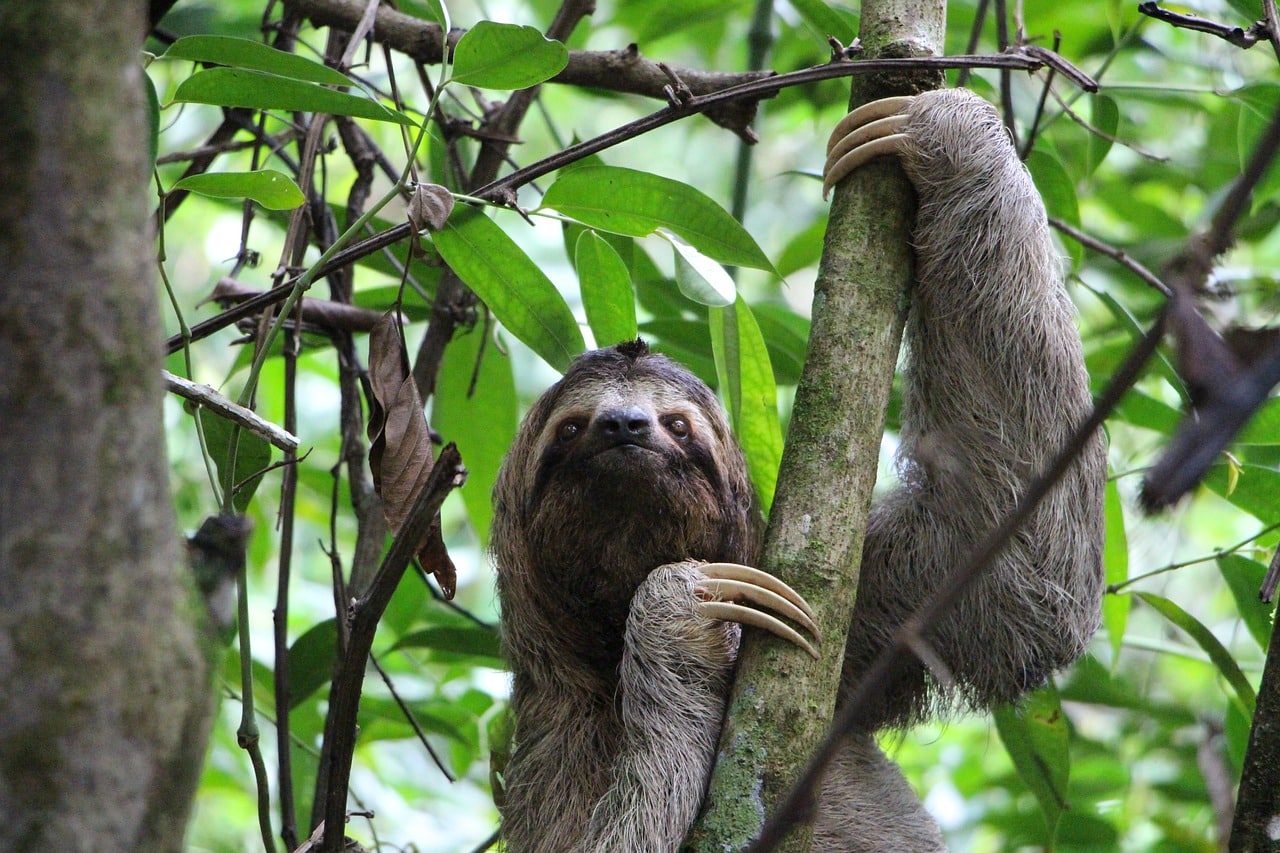
Introduction to the Sloth Bear The Sloth Bear, scientifically known as Melursus ursinus, is a nocturnal, insectivorous bear species native to the Indian subcontinent. Adapted
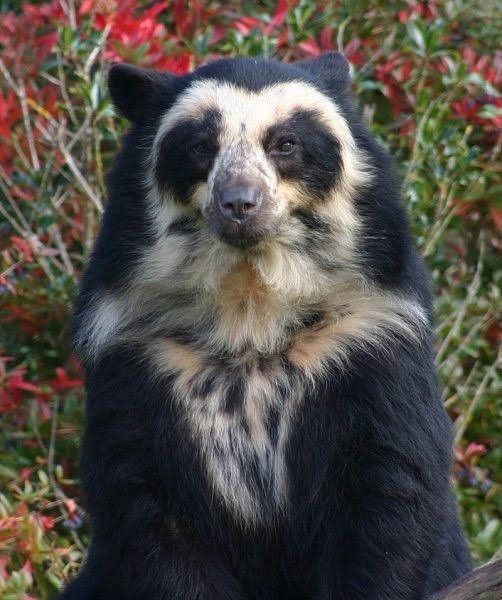
Understanding the Ecosystems that Support Bears in South America South America provides diverse habitats that are crucial for the survival of bear populations in the

Understanding Grizzly Bears Encountering a grizzly bear in the wild can be a harrowing experience, but it’s important to know these majestic creatures are a

Understanding Black Bear Behavior Encountering a black bear in the wild can be a thrilling yet nerve-wracking experience. Knowing how to interpret a bear’s actions
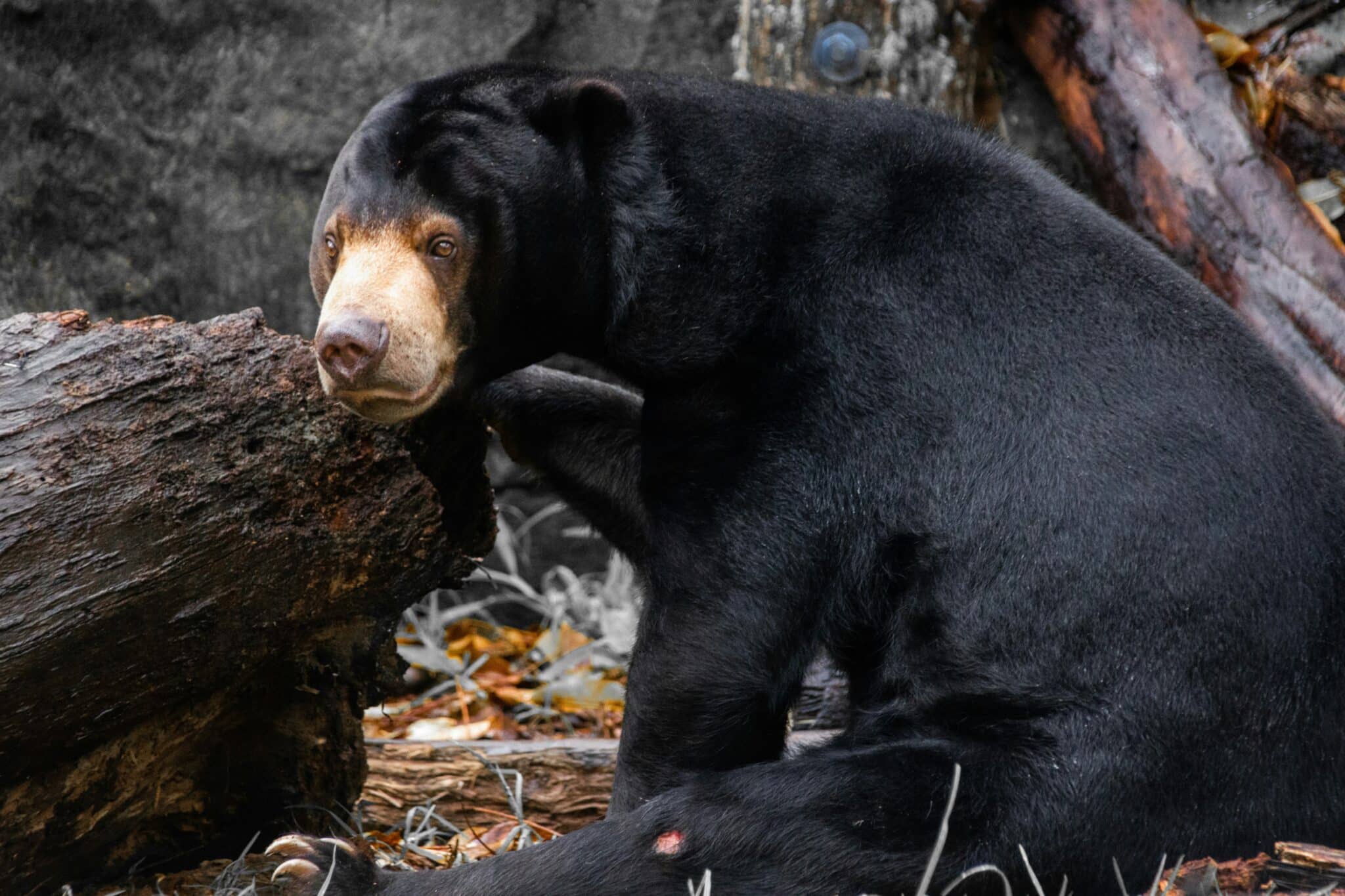
Introduction to the Sun Bear The Sun Bear, scientifically known as Helarctos malayanus, is the smallest member of the bear family. Native to the tropical
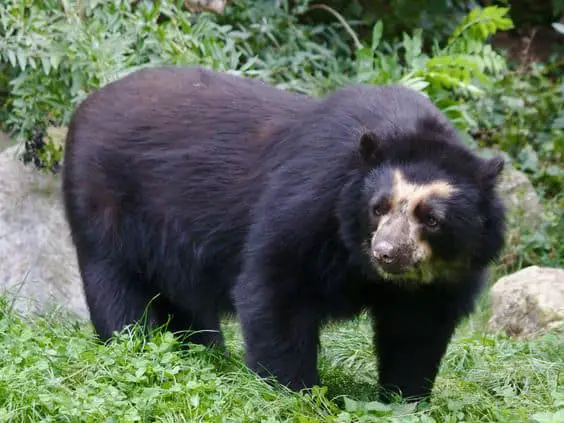
Understanding the Andean Bear Often referred to as the spectacled bear due to its distinctive facial markings, the Andean Bear, scientifically known as Tremarctos ornatus,

Understanding the Rarity of Bears in the Wild Bears are a symbol of strength and resilience in the animal kingdom, known for their imposing presence

Understanding Bear Behavior and Habitat Bears are fascinating creatures with behaviors and habitats that are essential to understand when preparing for bear season. Depending on

Understanding the Polar Bear’s Culinary Preferences When discussing polar bear diets, the topic can be fascinating and complex, fitting into a broader discussion on arctic

Understanding Grizzly Bear Protection and Regulations If you’re looking to understand the intricate landscape of hunting laws on the Pacific coast, especially those concerning grizzly

Understanding the Current Status of Polar Bear Populations Discussing polar bear populations requires a dive into the realm of these majestic creatures, which are not

Understanding Black Bear Hunting Regulations in New England Navigating the intricacies of black bear hunting regulations is essential for any hunter looking to embark on
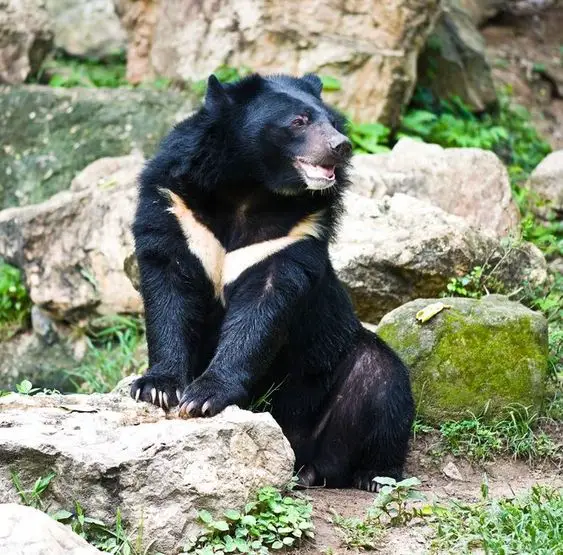
Introduction to Asian Black Bear The Asian Black Bear, scientifically known as Ursus thibetanus, is an intriguing species of bear found predominantly in Asia. Also
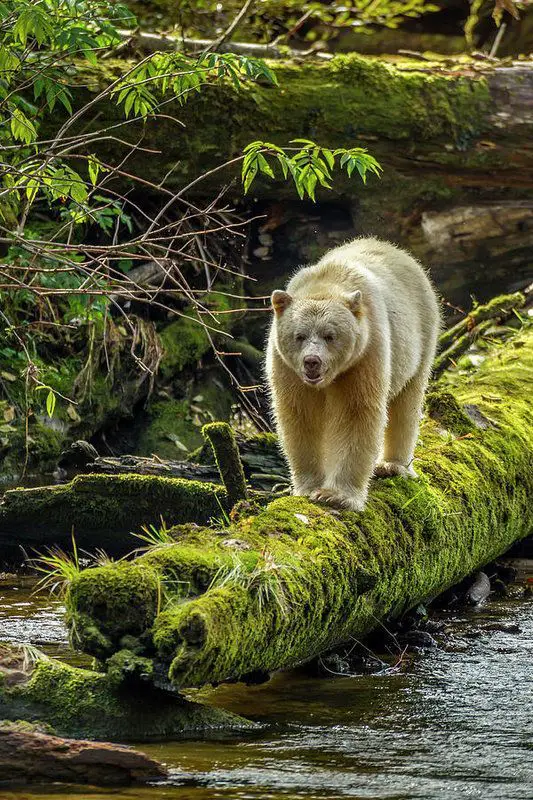
Discovering the Kermode Bear The Kermode Bear, also known as the “Spirit Bear,” is a subspecies of the American black bear renowned for its distinctive
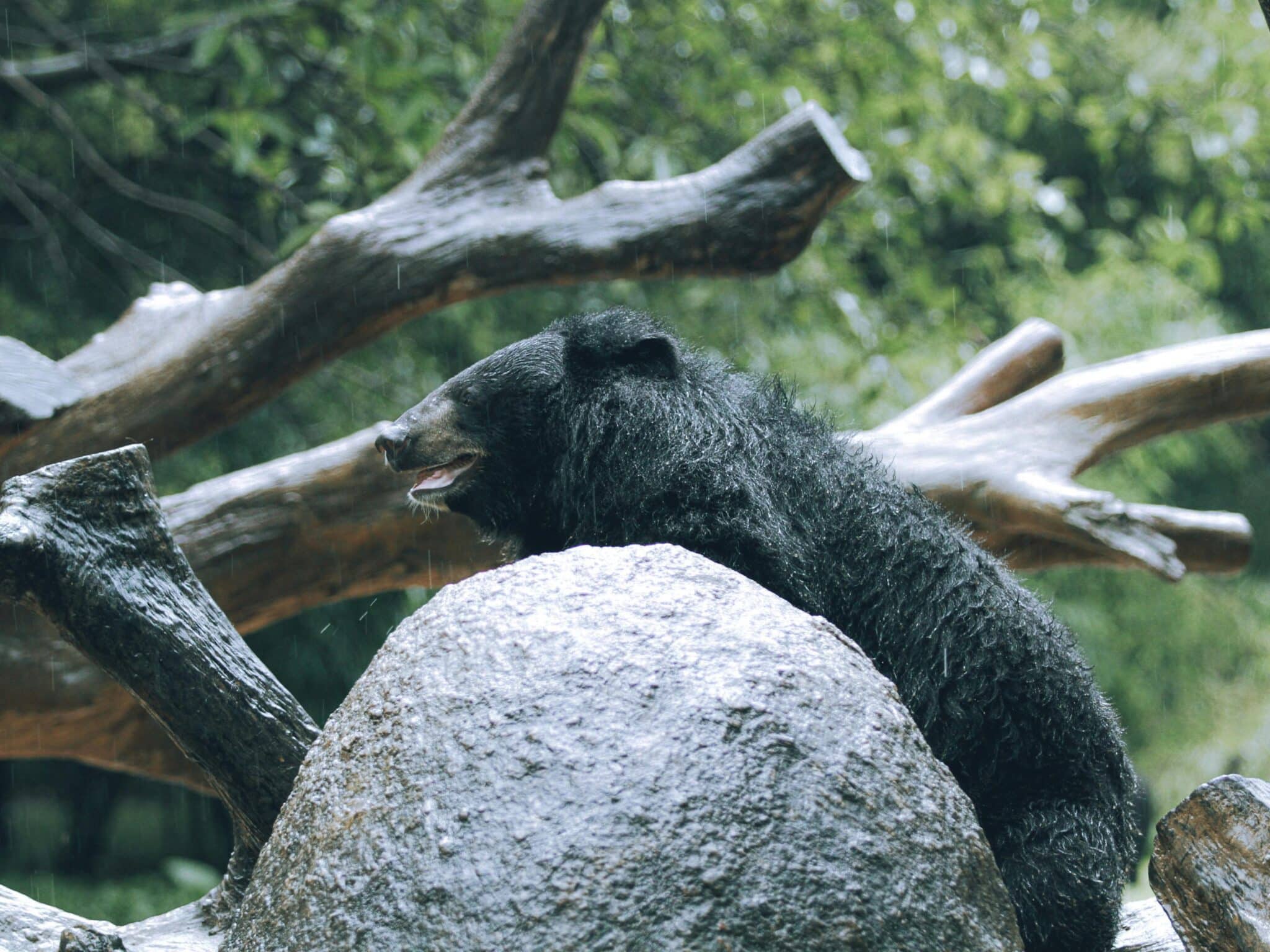
An Overview of the American Black Bear The American Black Bear, known scientifically as Ursus americanus, is a species that commands attention and respect. Found
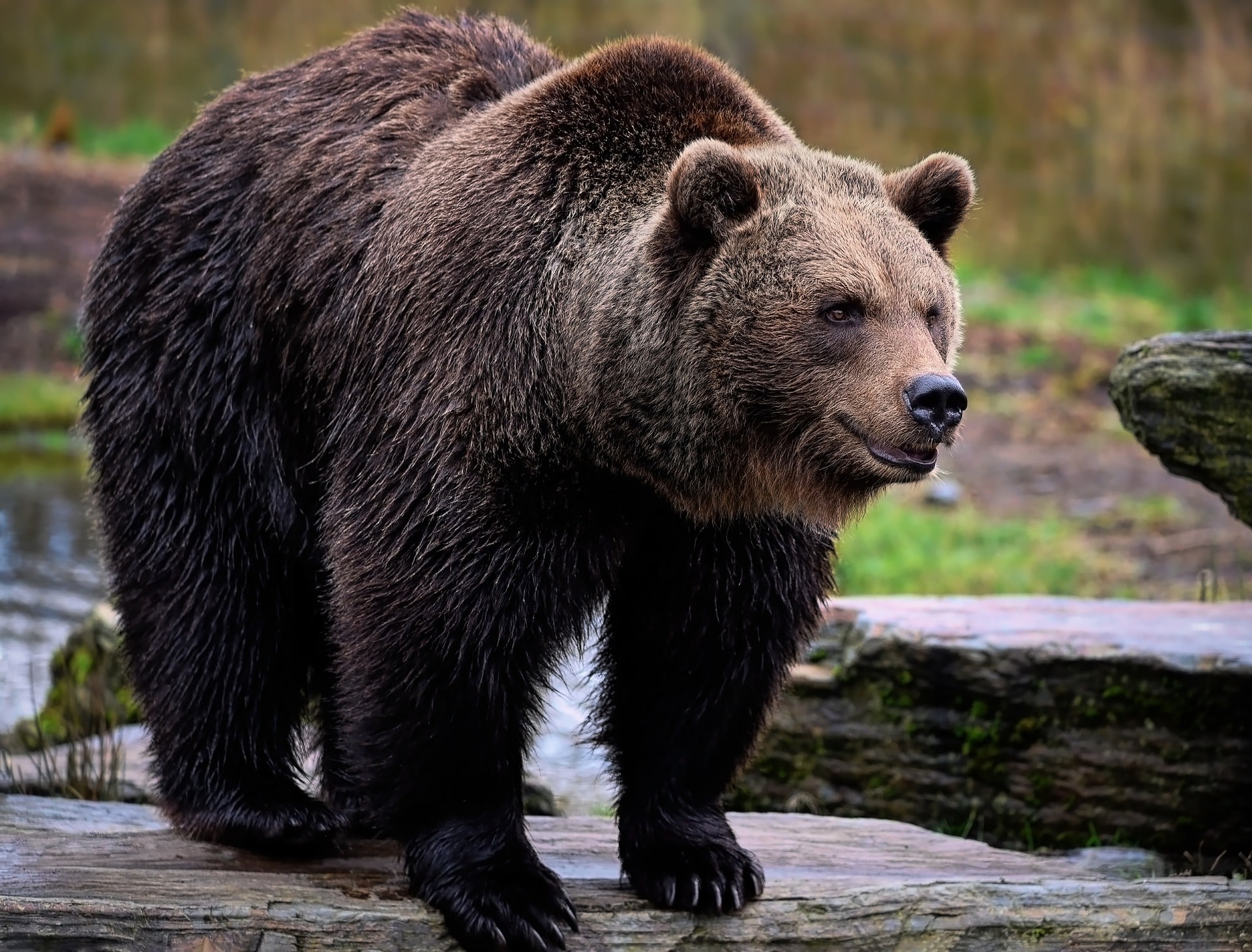
Unveiling the Majestic Siberian Brown Bear Imagine the taiga’s hush, the mighty conifers rising like nature’s spires, and amidst this wild, russet expanse ambles the
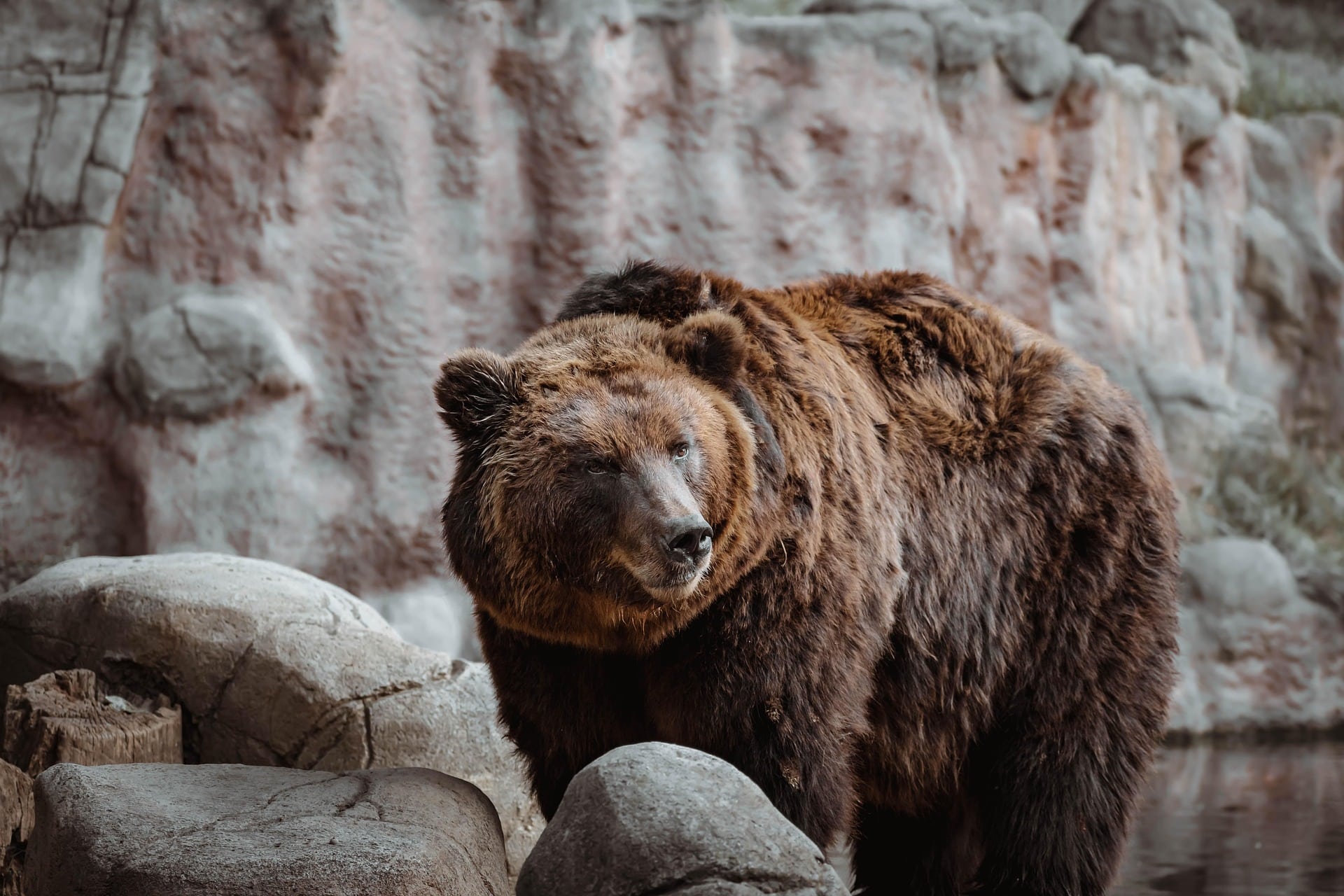
An Introduction to the Kodiak Bear The Kodiak Bear, scientifically known as Ursus arctos middendorffi, is a remarkable subspecies of the brown bear native to
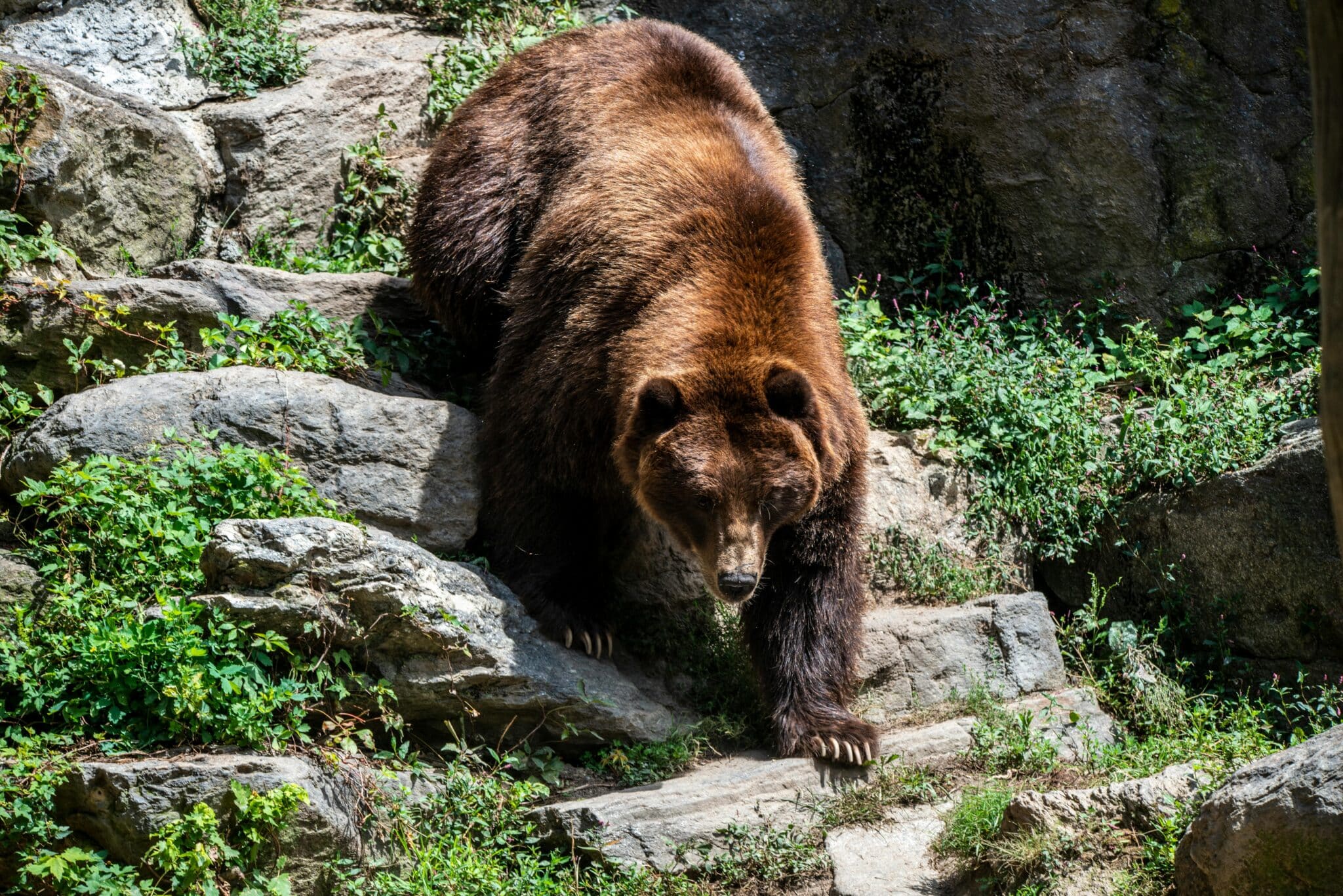
Understanding the Brown Bear’s Habitat Brown bears, symbolized by their scientific name Ursus arctos, are majestic creatures that roam across various landscapes. Their habitats span